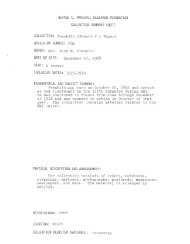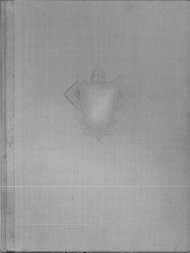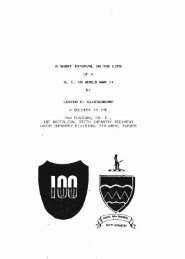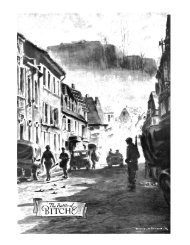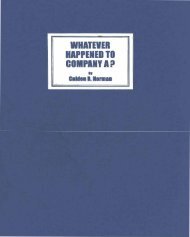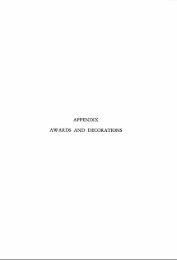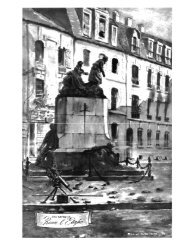Joint Operating Concept (JOC) - GlobalSecurity.org
Joint Operating Concept (JOC) - GlobalSecurity.org
Joint Operating Concept (JOC) - GlobalSecurity.org
Create successful ePaper yourself
Turn your PDF publications into a flip-book with our unique Google optimized e-Paper software.
IRREGULAR WARFARE is defined as: “A violent struggle among state and<br />
non-state actors for legitimacy and influence over the relevant populations. IW<br />
favors indirect and asymmetric approaches, though it may employ the full range<br />
of military and other capabilities, in order to erode an adversary’s power,<br />
influence, and will.”<br />
IW is a complex, “messy,” and ambiguous social phenomenon that does not<br />
lend itself to clean, neat, concise, or precise definition (see the call-out box on<br />
page 5). This <strong>JOC</strong> uses the term in two contexts. First, IW is a form of armed<br />
conflict. As such, it replaces the term “low-intensity conflict.” 5 Second, IW is a<br />
form of warfare. As such, it encompasses insurgency, counterinsurgency,<br />
terrorism, and counterterrorism, raising them above the perception that they are<br />
somehow a lesser form of conflict below the threshold of warfare.<br />
The nature of warfare in the 21 st century remains as it has been since ancient<br />
times – “a violent clash of interests between or among <strong>org</strong>anized groups 6<br />
characterized by the use of military force.” 7 These <strong>org</strong>anized groups are no<br />
longer limited to states with easily identifiable regular armed forces, nor do they<br />
all operate by internationally accepted conventions and standards.<br />
Defining Irregular Warfare<br />
The development of a precise IW definition is hampered by two major factors:<br />
A) The role of IW at the different levels of war.<br />
B) The methods used to define IW.<br />
A. IW at the Different Levels of War. The IW definition takes on different<br />
meanings at each level of war because:<br />
• At the Strategic Level, the focus of the definition is likely that of control<br />
and influence over a relevant population.<br />
• At the Operational Level, the focus may be on indirect approaches for<br />
planning and conducting operations and campaigns.<br />
• At the Tactical Level, the focus is probably on asymmetric applications of<br />
tactics, techniques, and procedures (TTP) that may be applied differently<br />
in an IW operation than it would under a conventional operation.<br />
There is clearly friction among the three points of view. This friction occurs not<br />
because of an incomplete or inadequate definition but rather because IW is<br />
5 The current DOD definitions of conflict and low intensity conflict (LIC) are too limiting because<br />
they categorize conflict and LIC as being “below conventional war,” confined to a localized area in<br />
the “Third World,” constrained in weaponry and level of violence, and limited in objective. The<br />
implication of these definitions is that conflict and LIC are of lesser strategic importance than<br />
conventional warfare.<br />
6 The terms “<strong>org</strong>anized” and “military force” refer to a group’s ability to mobilize support for its<br />
own political interests and its ability to generate violence on a scale sufficient to have significant<br />
political consequences.<br />
7 MCDP 1, Warfighting (Washington, DC, United States Marine Corps, June 1997), p. 3.<br />
6




